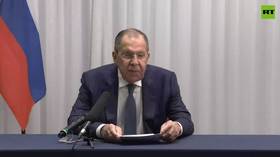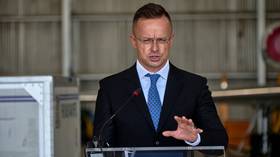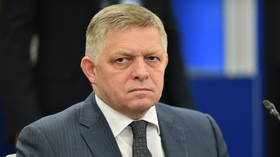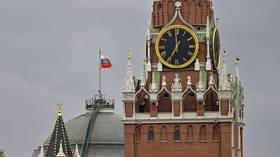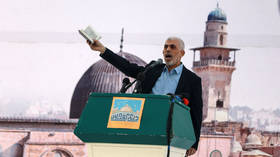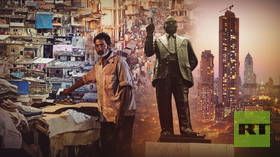Calls for reform of Russia's LPG market
Gazprom is doubling its number of liquid gas filling stations in Russia, boosting its monopoly on the domestic LPG market. Liquefied petroleum gas has long been a cheap alternative to petrol as a fuel for vehicles in some European countries, but in gas-ri
Mikhail Belzer, an analyst from the international management consultants A.T. Kearney, believes the main limitation is the ‘infrastructure itself’.
“We have a number of petrol stations that have the necessary equipment. But there are companies that are still thinking of ways to invest or not to invest into development of these infrastructures,” he says.
There are 220 gas filling stations in Russia, of which Gazprom – the main supplier of LPG – controls 80%.
Market players say the growing presence of gas suppliers in the retail sector is holding back the industry.
“Large state-owned energy companies like Gazprom continue to buy up gas refineries and filling station chains. At the same time, they also dictate the price for independent retailers. For example, by increasing transportation tariffs,” Nikolay Zhukov, President of Gazresurs, believes.
The price per litre of gas at some filling stations has changed five times over the past month.
Experts say such volatility is the main obstacle for the development of the sector.
And market players are urging the government to regulate the pricing policy of gas producers. They say the lack of competition is driving up the price of gas.
“The cost price of a kilo of gas is no more than two cents but producers sell it for 15. And prices are high because of speculation. To solve the problem we need the government to regulate gas prices on the market,” Roman Sedov from a Union of Gas Consumers says.
However, the chance of the government regulating for such a small industry looks slim for now.


